
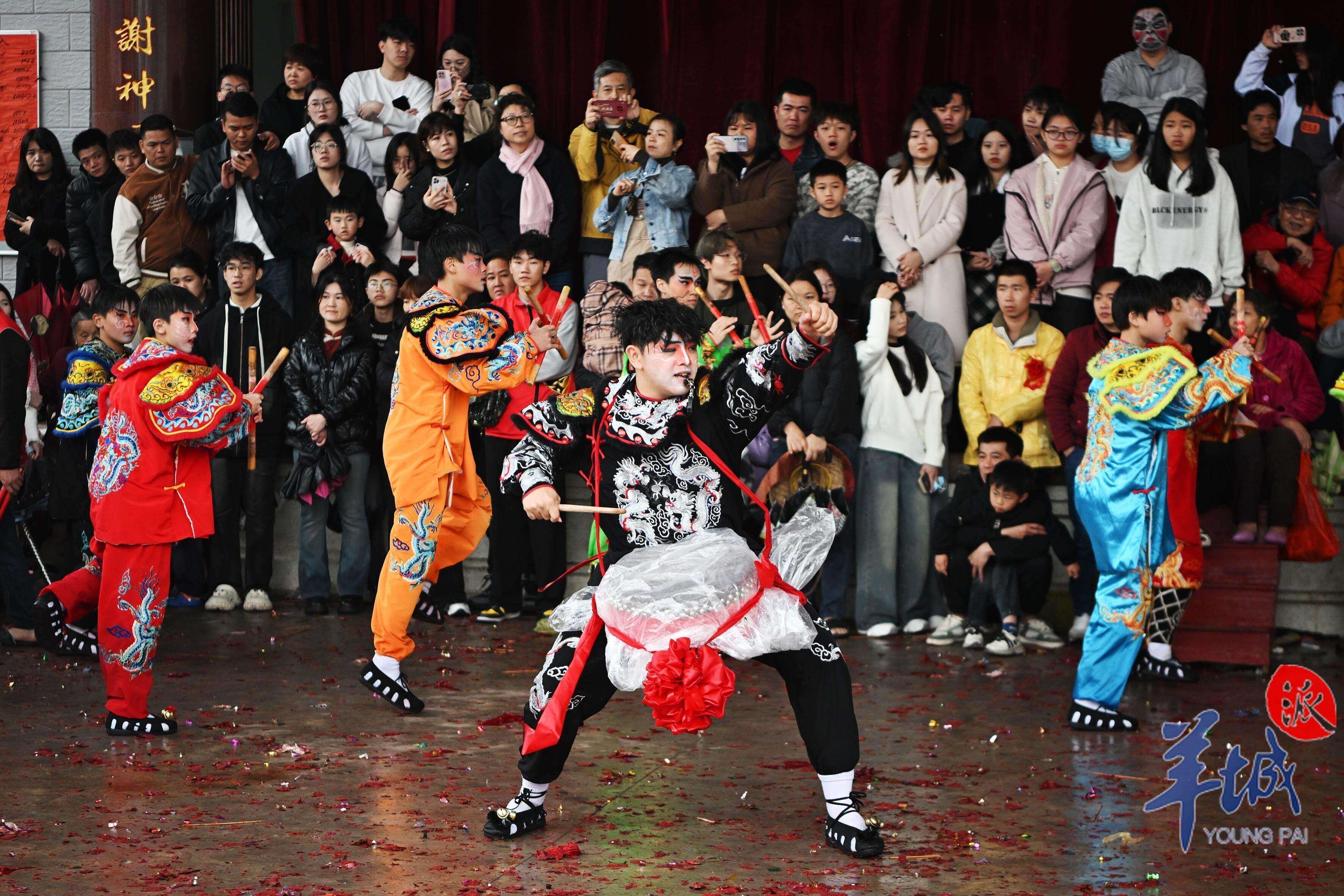
On the morning of the Lantern Festival, with the sky just beginning to brighten and the air still carrying the coolness from the light rain, the area outside the Changyuan Ancient Temple in Chaoyang, Shantou, was already bustling with activity. As the coach of the Changyuan Yingge team, Xin Zaibing was leading the team members in their final preparations.
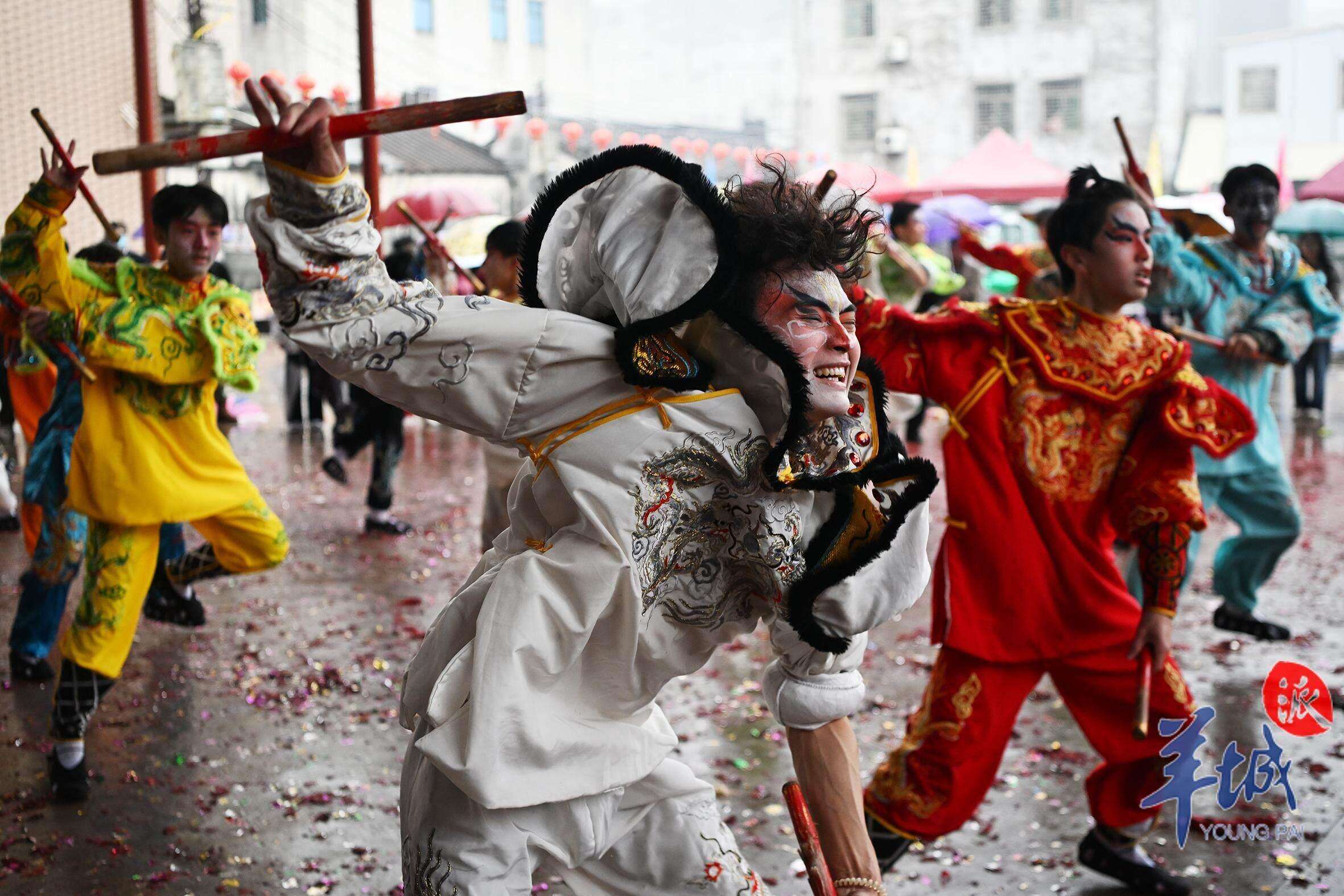
During the first month of the Chinese NewYear, as the drumbeats of the Yingge dance echoed, the entire region was instantly ignited with cultural enthusiasm. In recent years, it has gradually become part of the China-chic. During the Chinese New Year, countless tourists from outside the area flock to the Chaoshan area, eager to witness the grandeur of this folk tradition.
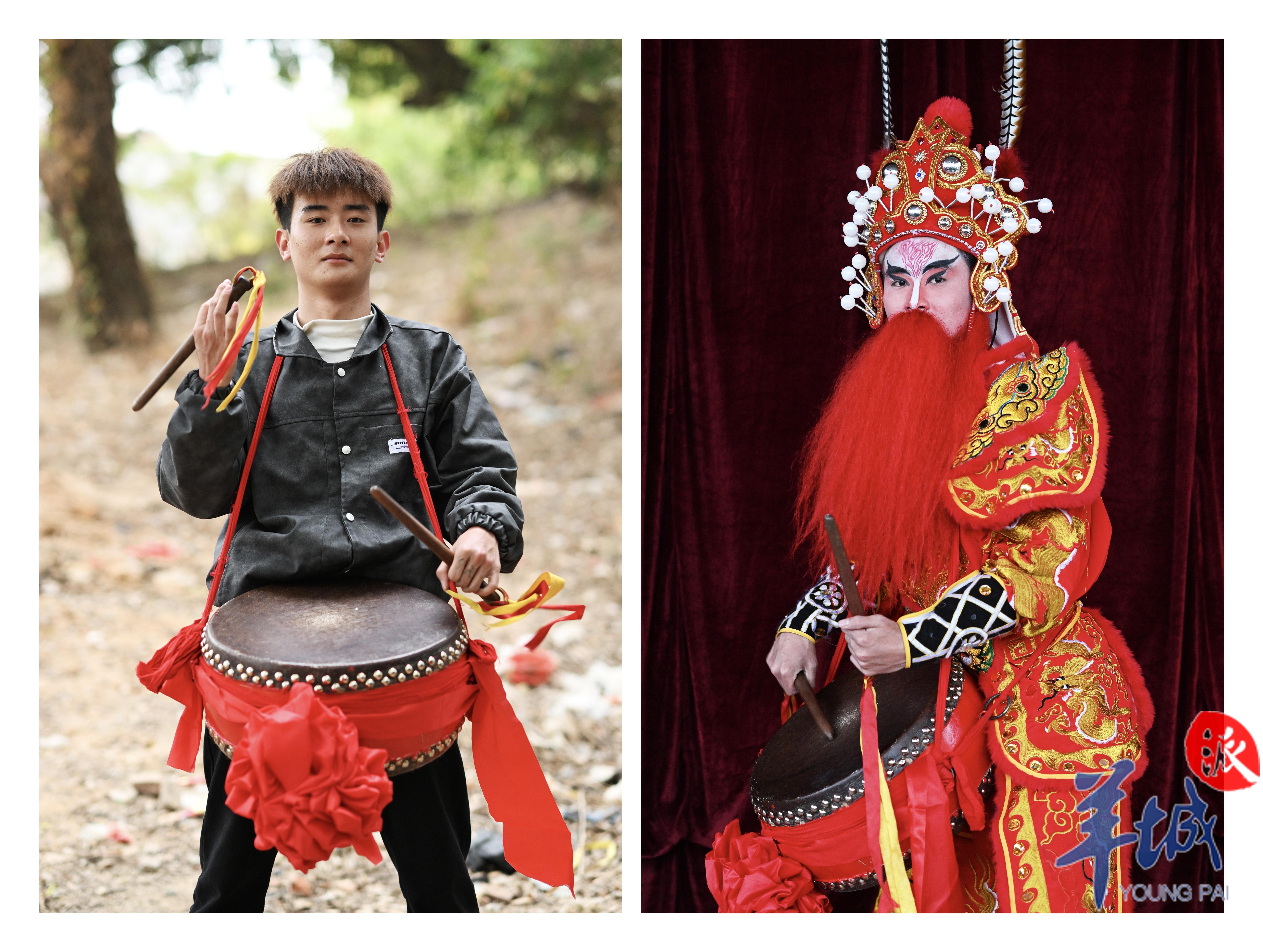
The origin of the Yingge dance can be traced back to the "Nuo dance" in ancient Central Plains, a ritual for driving away evil and praying for blessings. As immigrants from the Central Plains moved south to the Chaoshan region, the Nuo culture combined with local folk customs gradually evolved into the Yingge dance we see today. The dance themes are often drawn from stories in "Water Margin", with performers dressed in magnificent costumes, holding wooden mallets, and shifting formations in sync with the beat of the drums, creating a magnificent and powerful spectacle.
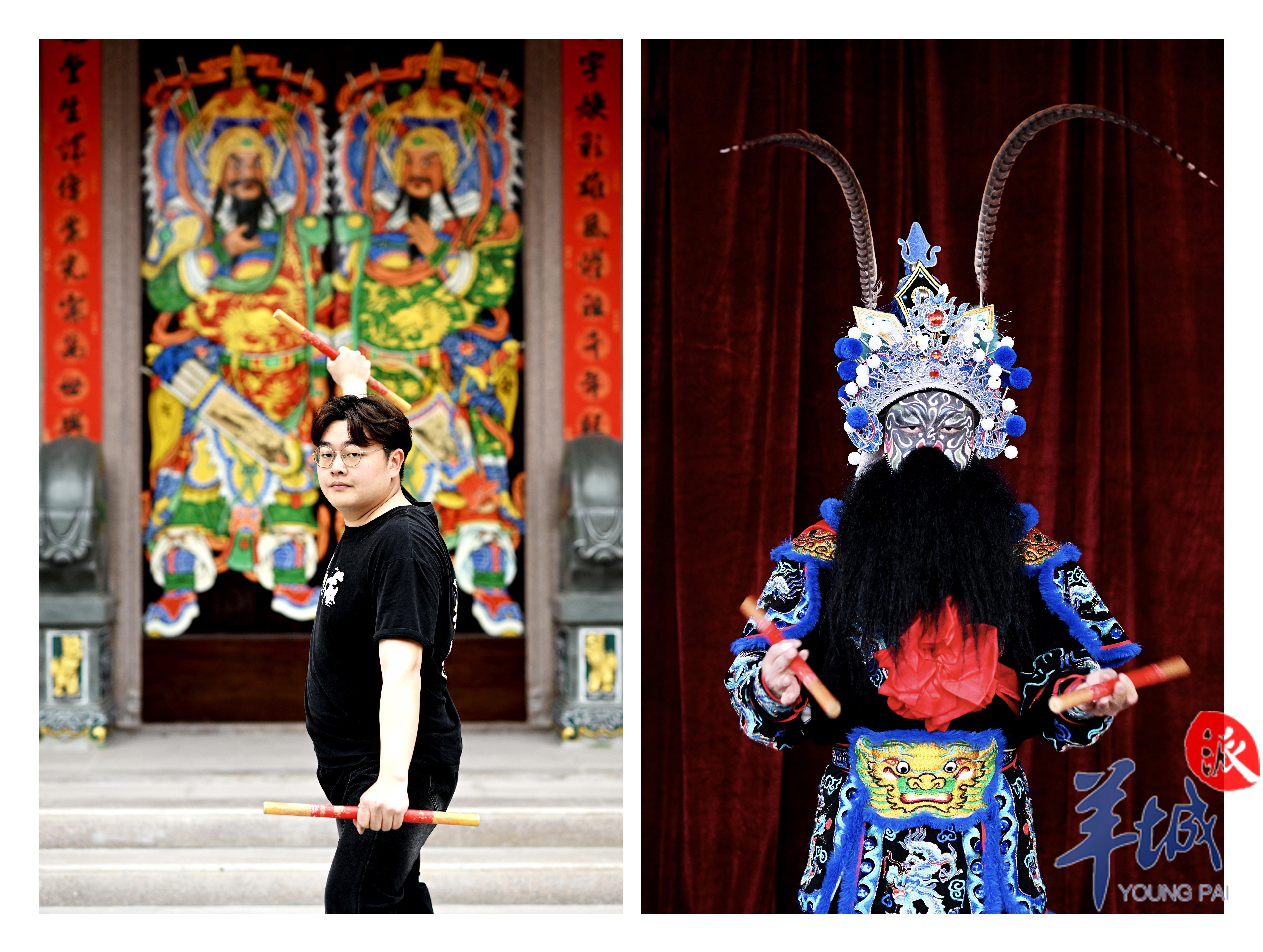
Today, there are many Yingge teams in the Chaoshan area, with over 100 teams in just the Chaoyang District. The Changyuan Yingge team is one of the four teams in the Damiantian area and has a history of over 40 years.
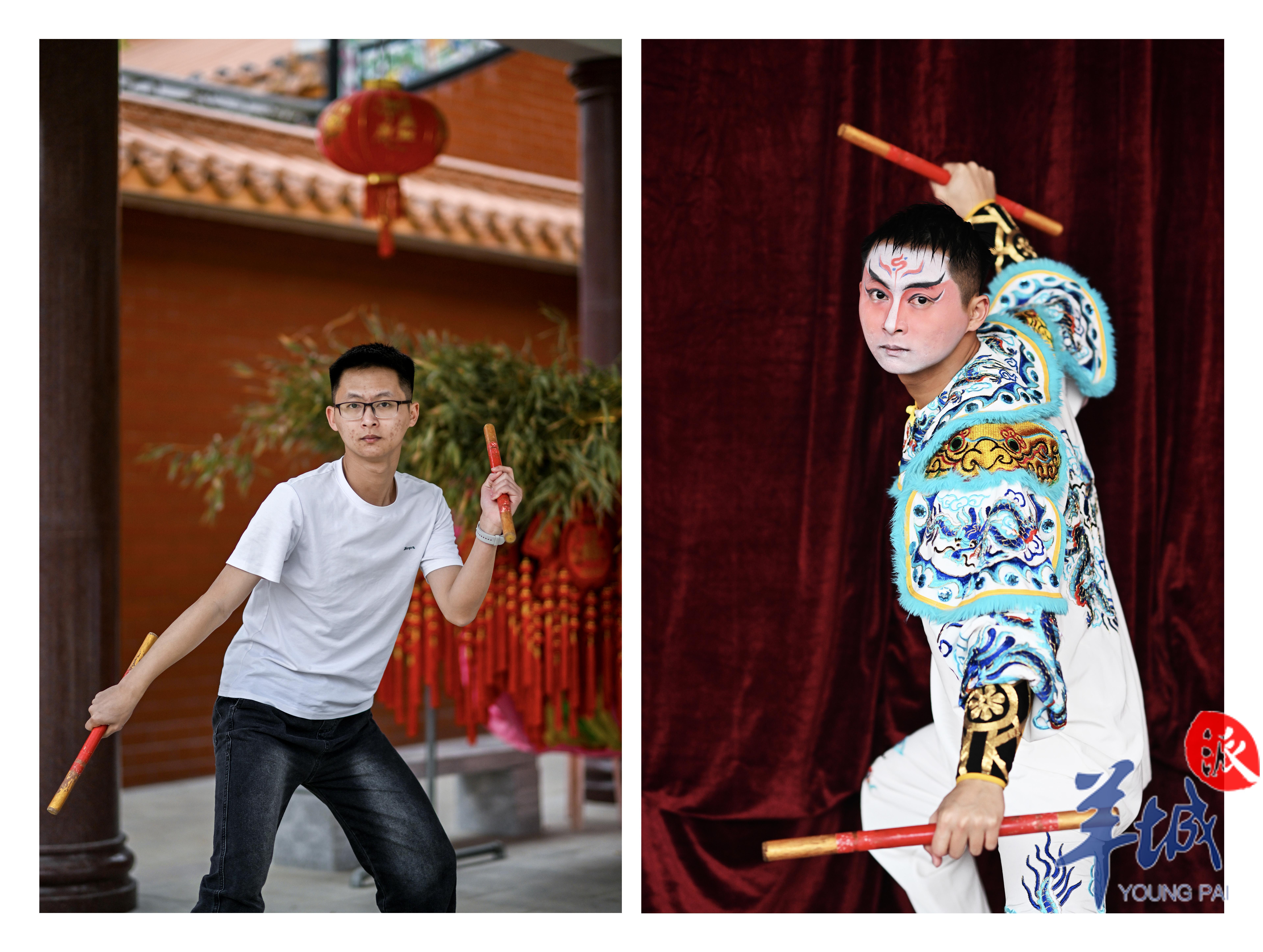
At around 8:00AM, accompanied by the sound of firecrackers and gongs, the grand procession at the Changyuan Ancient Temple in Damiantian, Chaoyang, officially began. The team members transformed into the heroes of Liangshan, appearing one after another. With the rhythm of the drums, they leaped high, struck their mallets with force, and shouted in unison. They stomped on the scattered red firecracker paper on the ground, moving with strength, power, ruggedness, and freedom. The steps, body movements, mallet techniques, and formations were truly breathtaking.
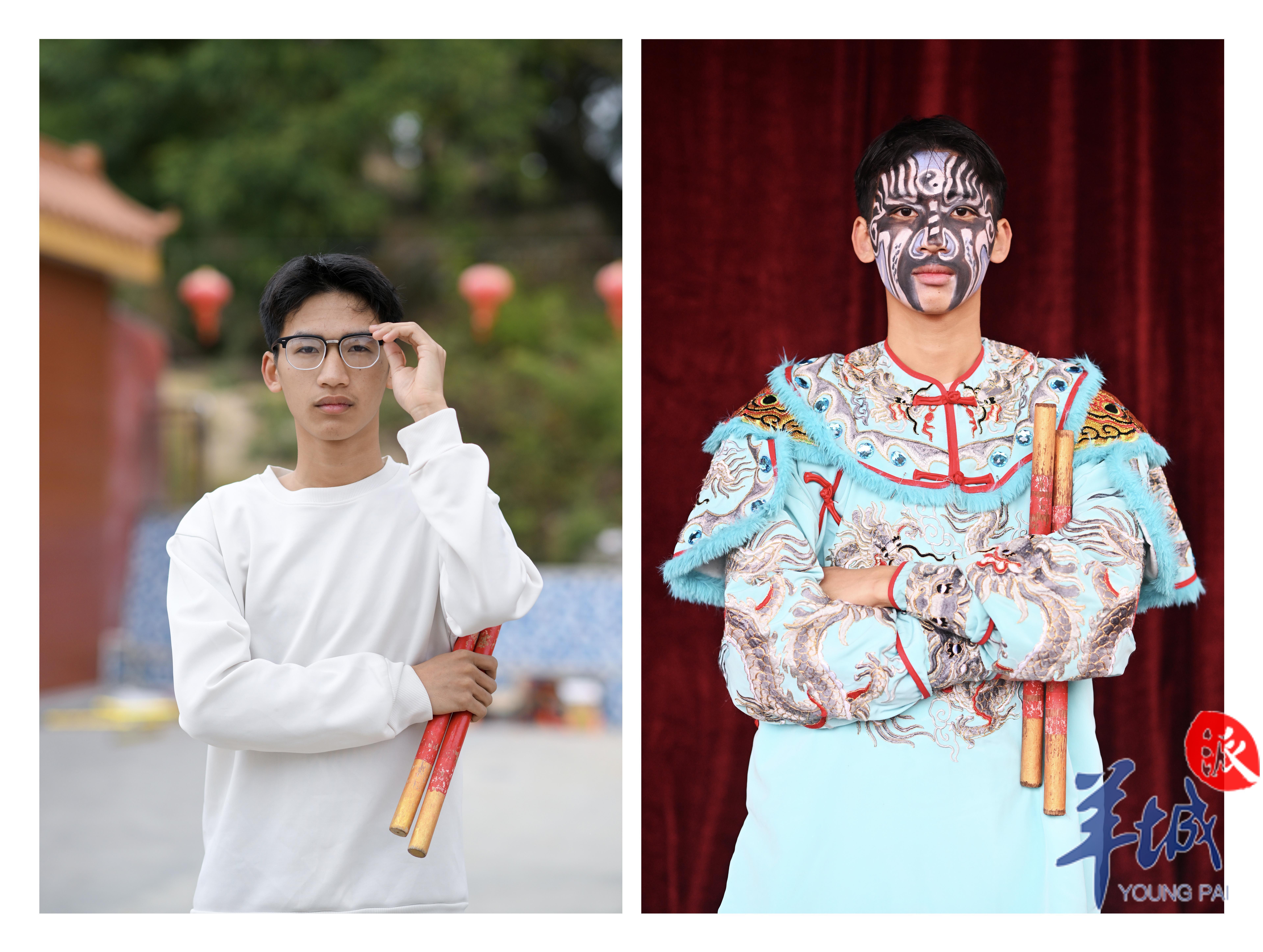
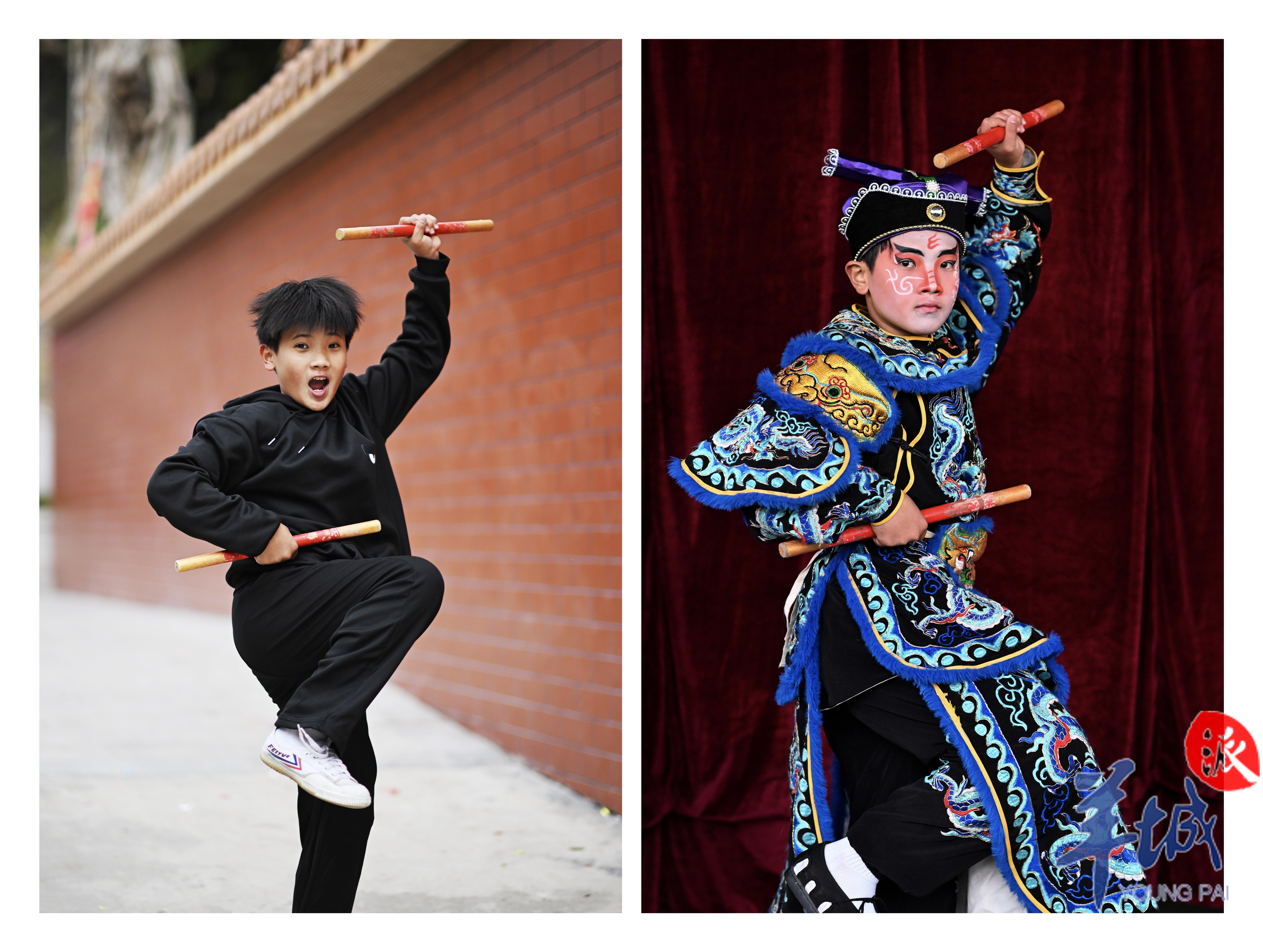
15-year-old Xin Shengrun, the youngest member of the team, was small in stature but lively and agile, dancing with remarkable skill. He has already been recognized as the future "head mallet" of the team. "I've always thought Yingge dance is really cool and the costumes are so stylish, so I started teaching myself when I was 7. Now, I love it and want to keep dancing forever," he said.
自古英歌出少年
元宵节的清晨,天刚蒙蒙亮,空气中还弥漫着细雨带来的凉意。汕头潮阳大棉田长园古庙外却早已人声鼎沸。辛宰槟作为长园英歌队的教练,正带领队员们做着最后的准备。
农历正月,当英歌舞的鼓点响起,整个地区瞬时点燃了文化激情。近几年来,它也逐渐成为一种“国潮”。春节期间,无数外地游客涌入潮汕,只为目睹这项民俗活动的盛况。
英歌舞的起源可追溯至古代中原地区的“傩舞”,是一种驱邪祈福的祭祀仪式。随着中原移民南迁至潮汕地区,傩文化与当地民俗相结合,逐渐演变成了今天我们所见的英歌舞。舞蹈题材多取材于《水浒传》中的故事,表演者们身着华丽的服饰,手执木槌,随着锣鼓声变换阵法,威武壮观。
如今,潮汕英歌队数量很多,仅潮阳区就超过100支。长园英歌队是大棉田4支队伍之一,已有40多年的历史。
8点许,伴随着鞭炮声和锣鼓声,潮阳大棉田长园古庙游神盛会正式上演。队员们化身为梁山好汉依次登场,随着鼓点的节奏变化,或高跃起舞,或用力敲槌,或齐声呐喊。他们踩在满地的红色鞭炮碎纸上,刚劲、雄浑、粗犷、奔放;步法、身法、槌法和阵法,令人叹为观止。
15岁的辛升润是队里年纪最小的队员,个头不高,机灵活泼,舞得非常好,已经被认定为队里以后的“头槌”了。“我从小就觉得英歌舞非常酷炫,服饰也十分帅气,所以7岁就开始自学,现在非常热爱英歌,想一直舞下去。”他说。
文、图|记者 林桂炎 邓鼎园
翻译丨肖凯欣
英文审校丨林佳岱
-
Guangzhou-Shenzhen-Hong Kong high-speed railway hits record cross-border travel volume during Chinese New Year
2025-02-23 22:52:51 -
'Traveling with Ne Zha'becomes a popular way to travel
2025-02-22 23:19:29 -
Over 60% of total import and export value: private enterprises become the main force in Guangdong's foreign trade
2025-02-22 23:19:34 -
【Photo Series】Chaozhou Qinglong Temple Fair intangible cultural heritage parade takes center stage
2025-02-22 23:19:39






